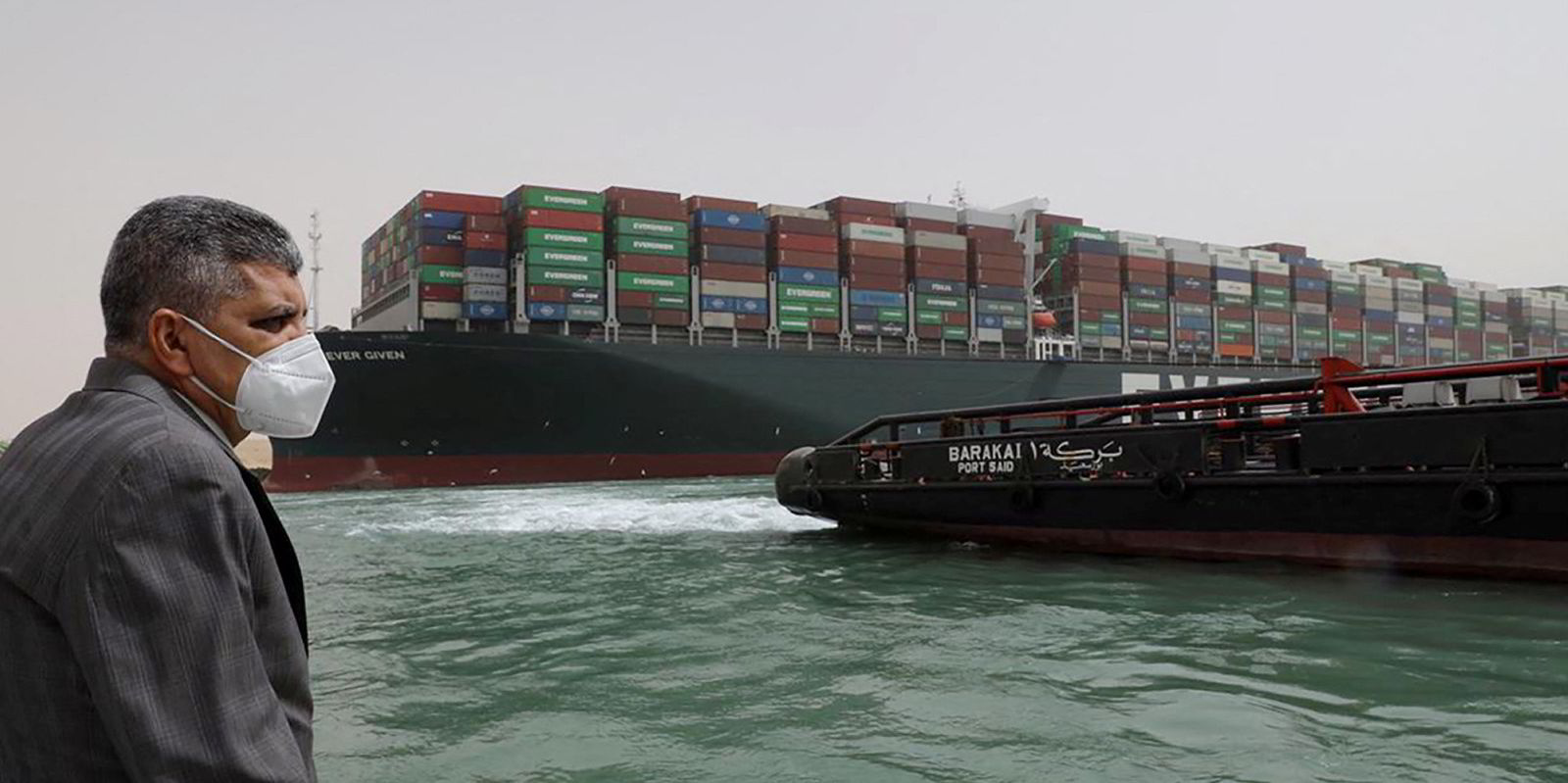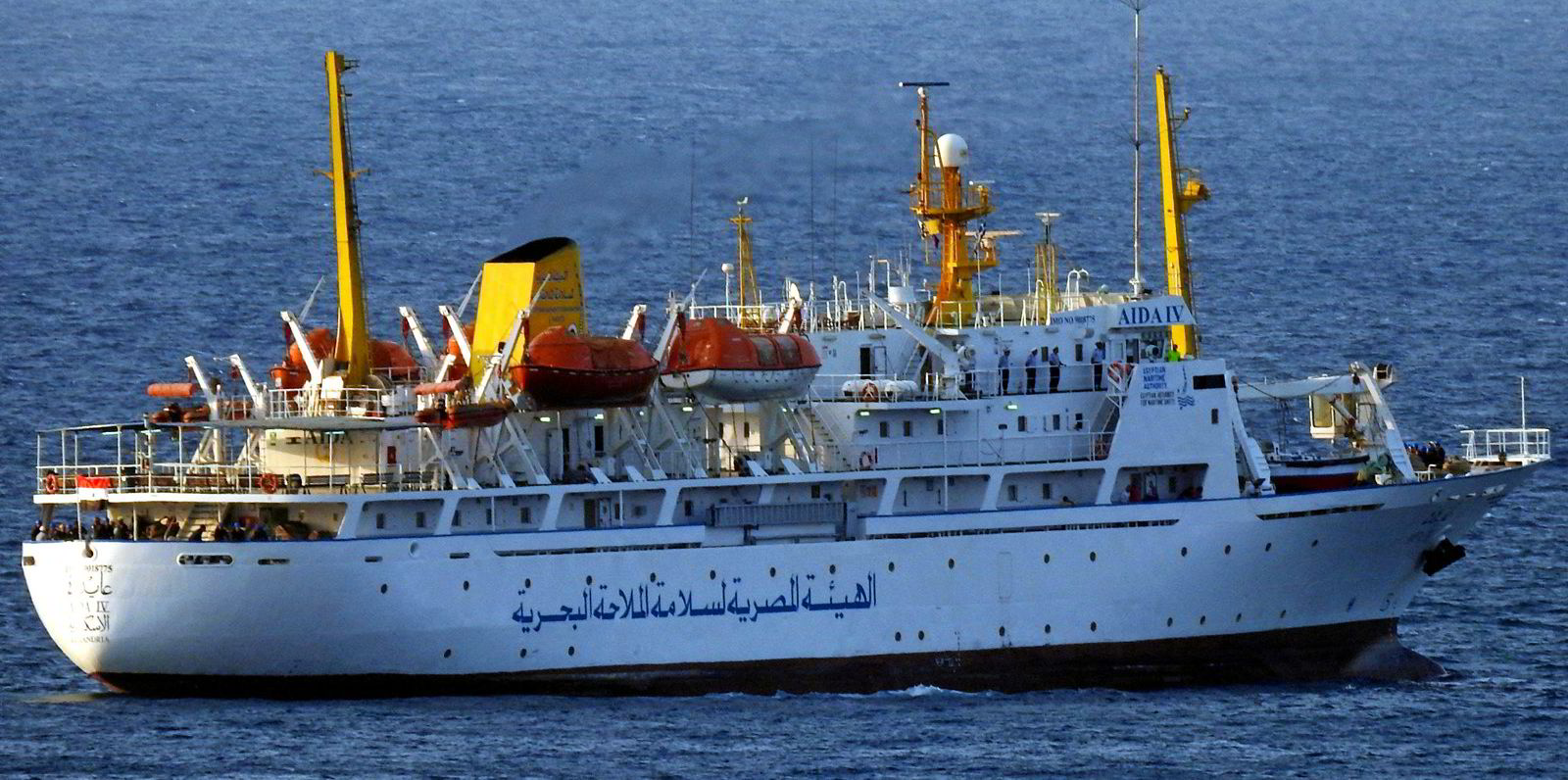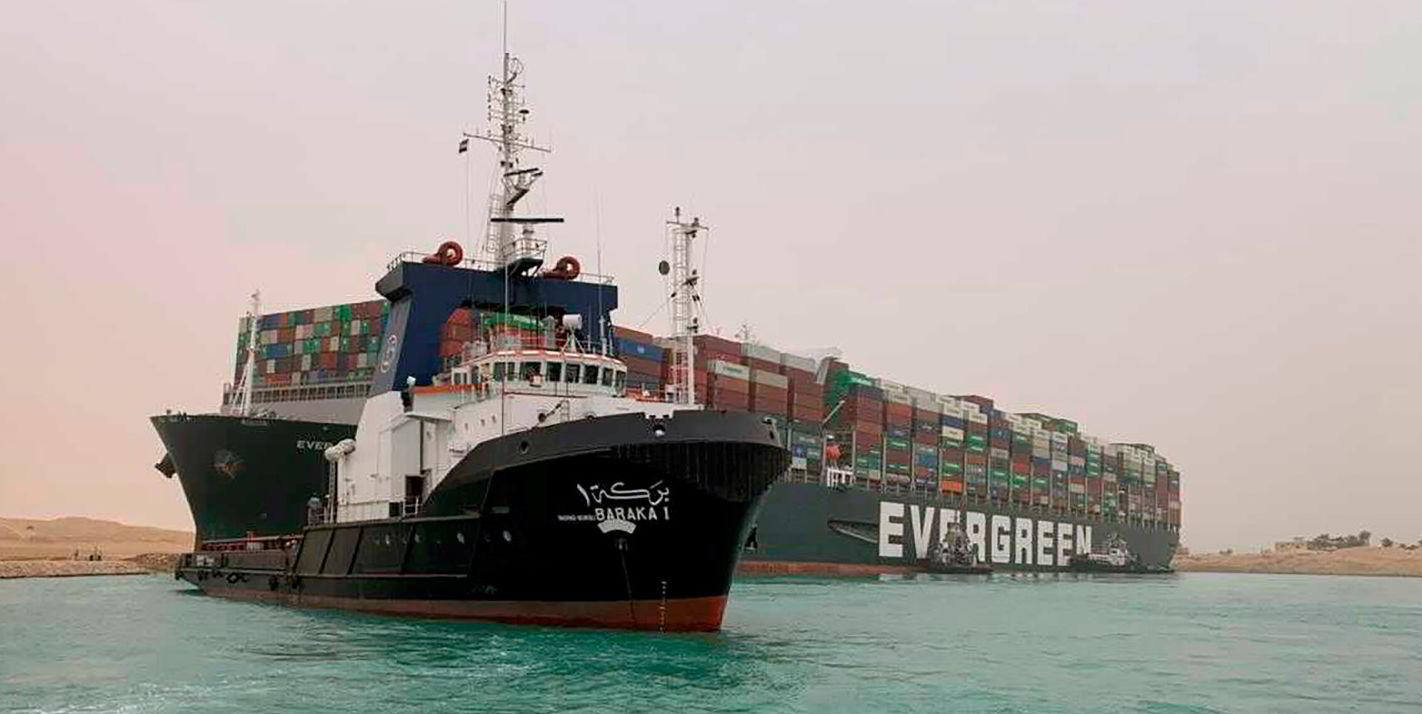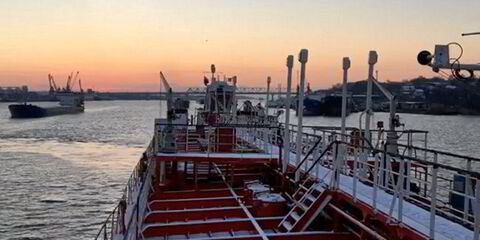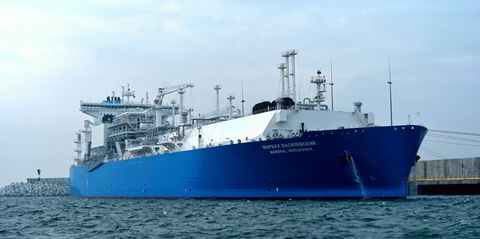Salvors have warned that an operation to refloat the Evergreen containership grounded in the Suez Canal may take “several weeks”.
Boskalis chief executive Peter Berdowski revealed the potential time frame, which threatens to keep blocking a key shortcut between Europe and Asia, in a Dutch TV interview.
“We can’t exclude it might take weeks depending on the situation,” he said, according to Reuters.
The Boskalis company Smit Salvage has been appointed to lead the salvage operations on the 20,388-teu Ever Given (built 2018) along with Nippon Salvage.
Berdowski likened the current condition of the ship to an “enormous beached whale”.
The containership is fully laden with an estimated 20,000 teu on board. Initial attempts to refloat the Ever Given are focusing on redistributing the ship’s ballast and using the tide. There are eight tugs involved in the salvage operation.
But Berdowski said salvage operations might have to be stepped up.
“It’s an enormous weight on the sand. We might have to work with a combination of reducing the weight by removing containers, oil and water from the ship, tug boats and dredging of sand,” he said.
The removal of fuel and containers along with a dredging operation will require additional heavy equipment being brought to the site which will add to the salvage time.
The removal of containers is likely to prove particularly challenging given the enormous height of the stacks.
Some have even suggested that a prolonged salvage operation could even put the safety of the Ever Given's hull at risk.
Potential difficulties
The potential difficulties in the salvage operation have been outlined by Concirrus.
According to the marine insurance intelligence company, AIS data indicates the vessel grounded at a speed of 13.7 knots.
Combined with the weight of 20,000 teu on board, that is likely to mean the ship is currently “hard aground”, the company said.
Concirrus also pointed out that the vessel grounded at high tide so the next high tide will make little difference to its current grounded condition.
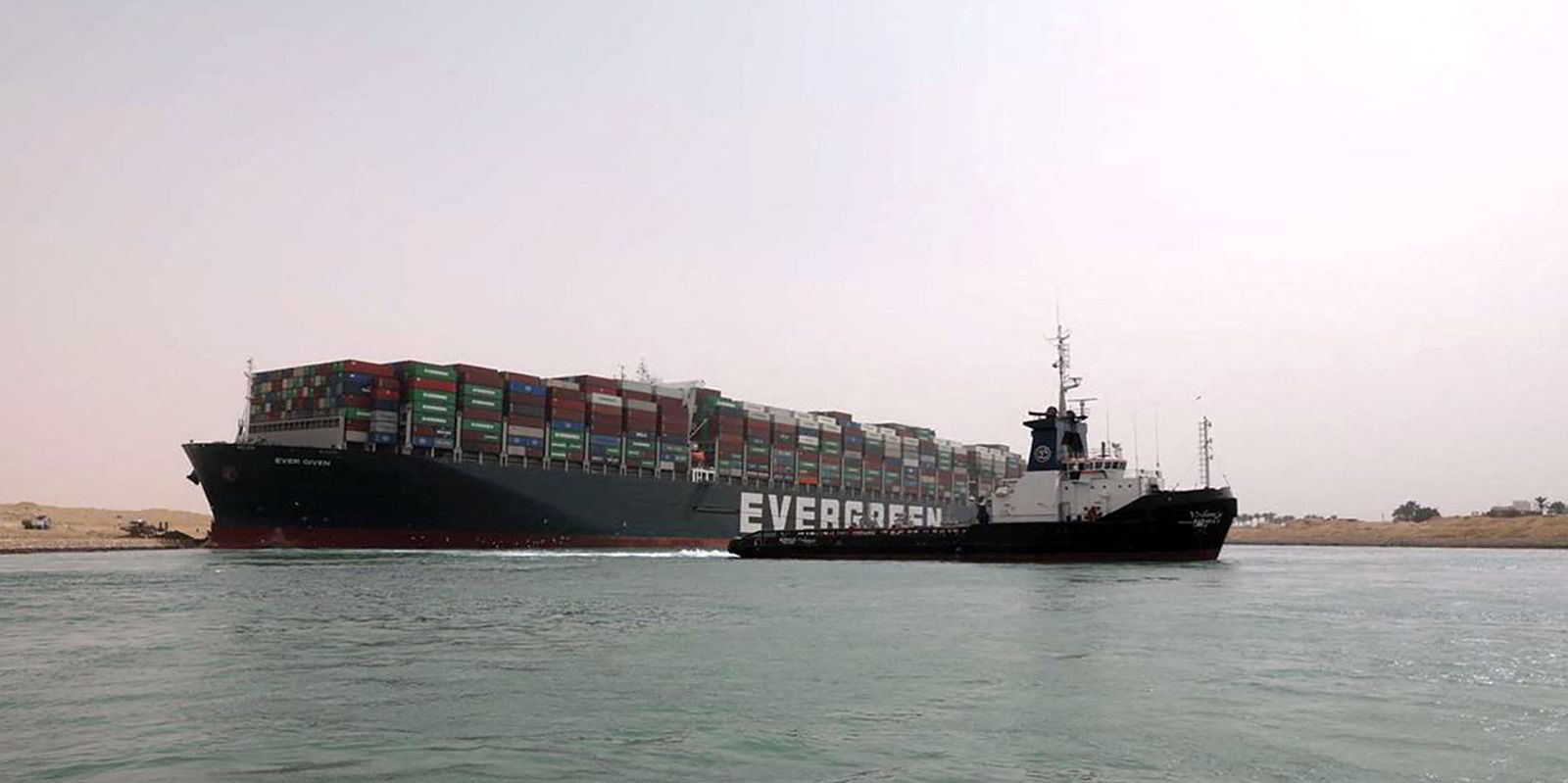
“If we take these two factors to be correct refloating efforts could be prolonged,” Concirrus data strategist James Whitlam said.
The tide height when the ship grounded was 1.56 metres. However, one positive is the upcoming spring tides are higher and could provide better conditions for the ship to refloat. The next spring high tide is on 30 March and is expected to be 2.1 metres.
But there is another issue which could delay the salvage operation. The pulling power of the tugs could be limited by the Suez Canal’s narrowness.
“Due to the restricted nature of the waterway and the fact that the vessel is resting at an angle to the canal, it may be difficult to connect enough tugs and apply a force at an efficient angle on the vessel to pull it off the bank. This could further complicate matters and delay refloating,” Whitlam said.
Other shipping industry players were more optimistic that the vessel may be cleared soon, possibly by the end of this weekend.
One said the boxship still has ballast and fuel that can be removed which will aid refloating efforts.
Suspended navigation
Admiral Osama Rabie, chairman and managing director of the Suez Canal Authority (SCA), confirmed on Thursday that navigation through the waterway was temporarily suspended until the refloating is complete.
The SCA said 13 vessels had started a transit through the canal on Wednesday from Port Said in a northern convoy.
They had been expected to continue their passage depending on the progress of salvage attempts.
"However, an alternative scenario had to be adopted, which entailed those vessels dropping anchor in the Bitter Lakes waiting area, until navigation can be fully resumed after the floatation of the vessel," the SCA added.
Leth Agencies counted 48 vessels waiting at the Port Said anchorage, 70 at Suez and 38 in the Great Bitter Lake as of Thursday morning, with the Ever Given blocking all traffic through the canal.
But few are expecting the ships to be diverted in droves unless the closure is confirmed to last for a long period.
Read more
- Smit Salvage assists with Ever Given refloating effort in Suez Canal
- Crude and product tanker markets display rare strength amid Suez Canal uncertainty
- Allianz says the Suez Canal has an ‘excellent safety record’
- Suez Canal congestion could lead to higher freight rates but more security risks
- Bulker and Russian military tanker collide in Suez Canal

